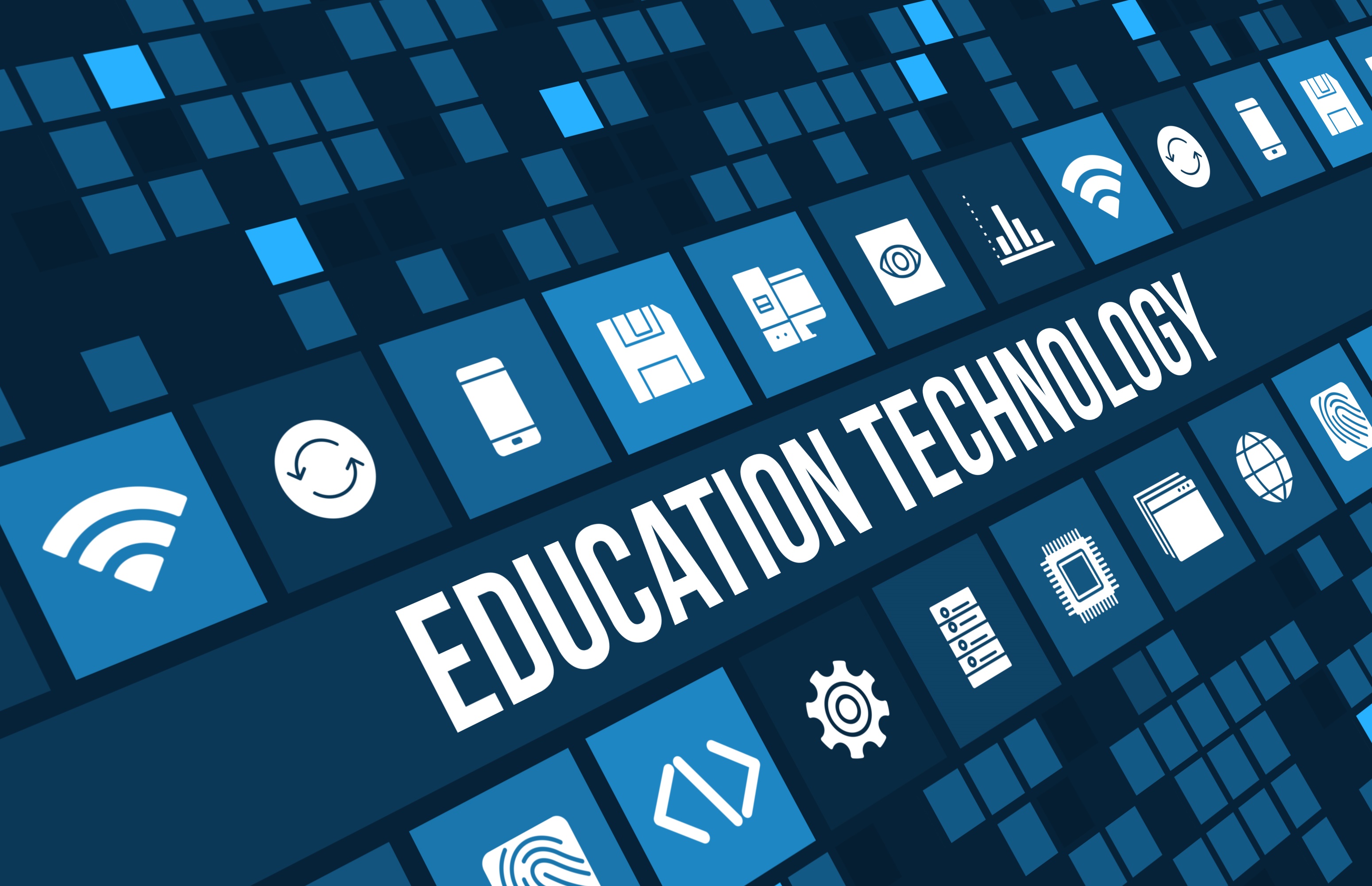Inclusive Technology: Deaf and Hard of Hearing

According to Deafness Forum Australia, approximately one in six Australians has a significant hearing loss. Within this population, most individuals have some level of hearing impairment and only a small proportion of the group is deaf. Types of hearing loss include sensorineural (nerve-related), conductive (affecting the outer or middle ear) or a mixed hearing loss (mixture of both types.) People who use Australian Sign Language (Auslan) often prefer to be referred to as deaf rather than hard of hearing. They see this as a positive identity rather than a negative label.
Almost all information conveyed in educational institutions is done so through speech. For students who are deaf or hard of hearing participating in the educational environment means not only being able to receive information that is communicated by voice, but it also means being able to respond to and actively contribute to a conversation as it occurs. Technology plays an important role in facilitating successful access to educational experiences. All the technology listed below is suitable for both deaf and hard of hearing people in a “receiving mode”, and ultimately the choice of preferred technology rests with individual students.
It should be noted that most of the technology in this section is not suited for students who use Auslan as their primary language as they will require an Auslan interpreter to be their voice, or alternatively use pen and paper or typing to convey their thoughts and comments.

